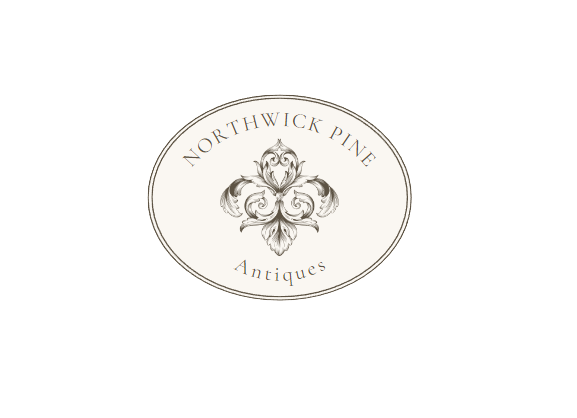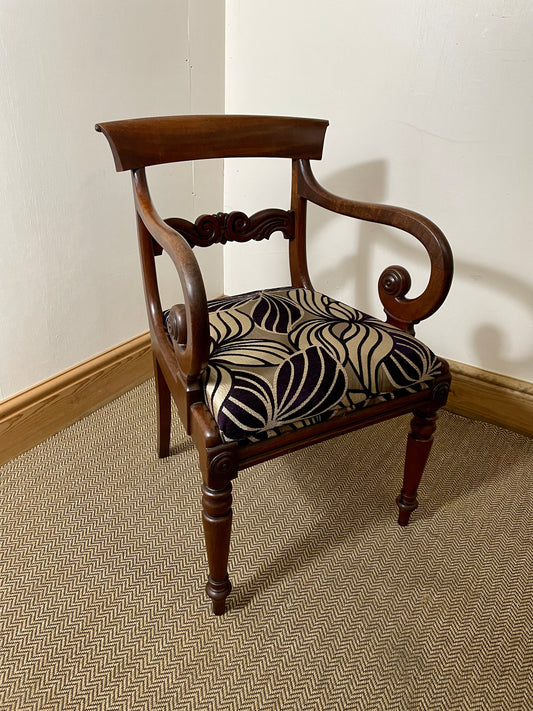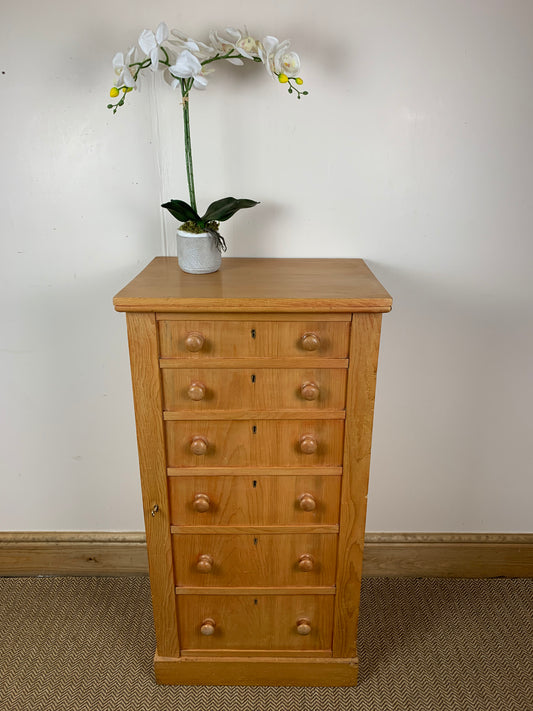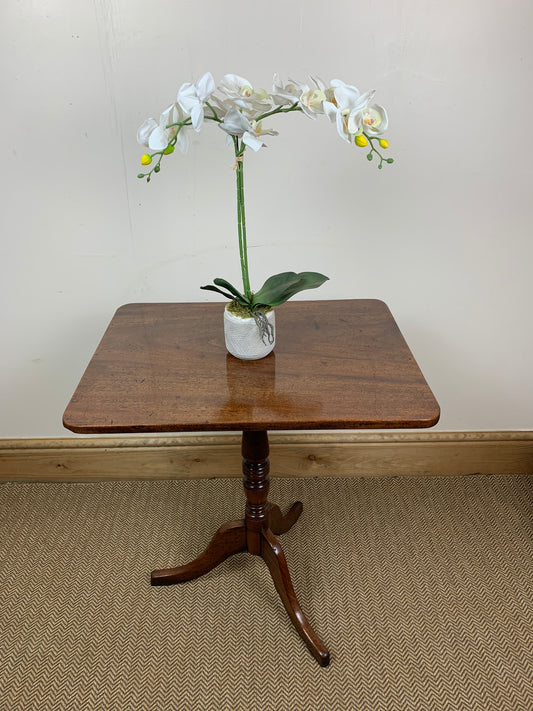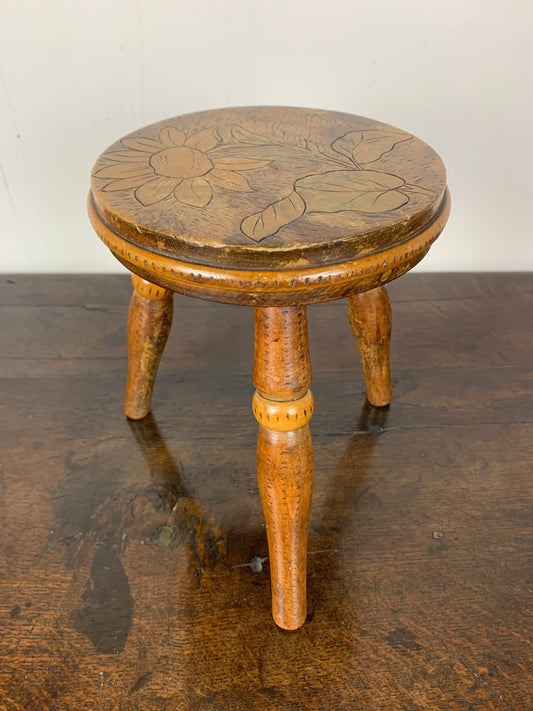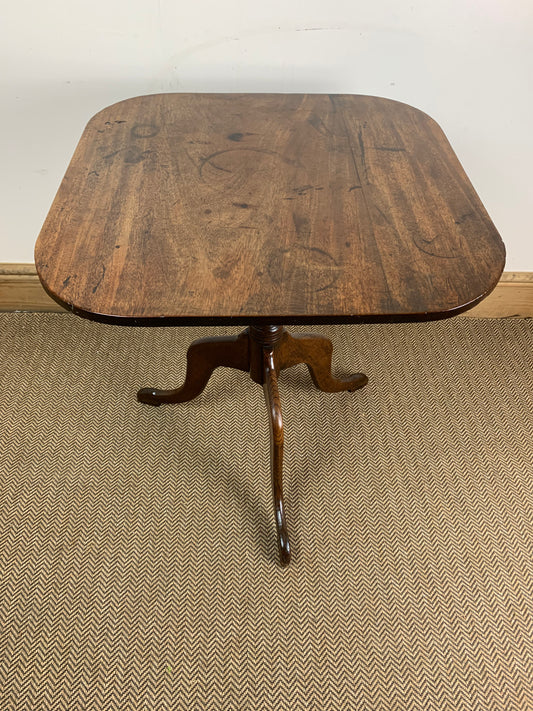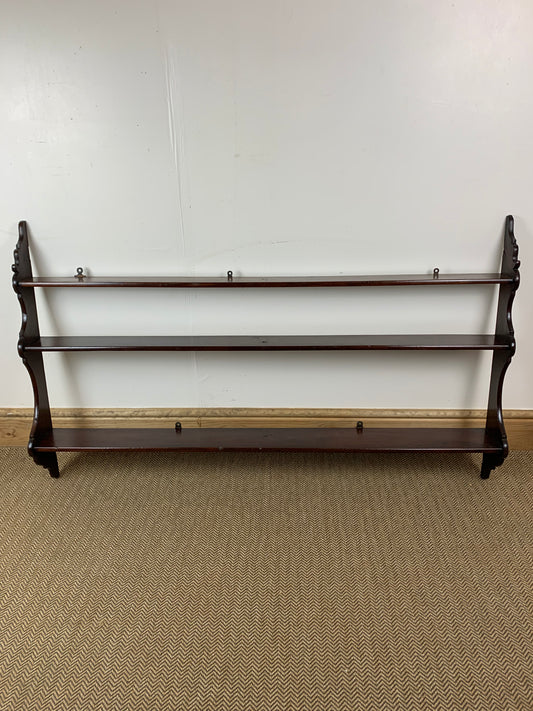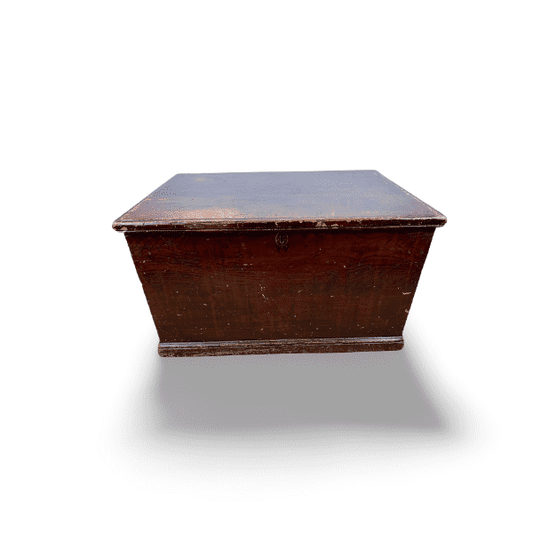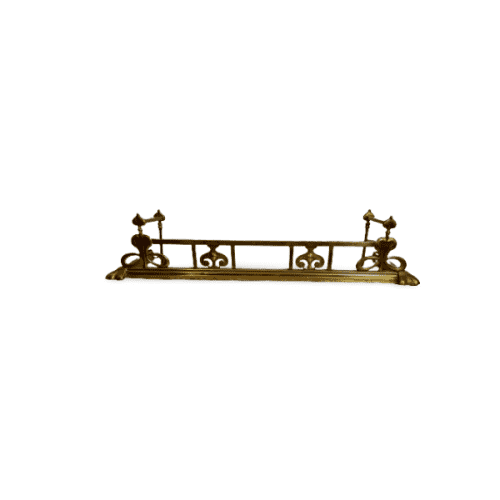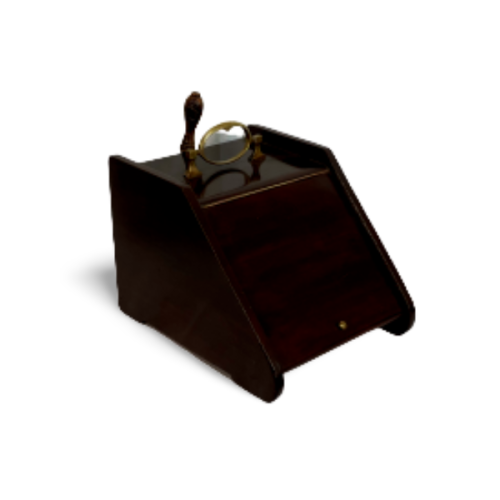Introduction
There is something undeniably enchanting about the world of antiques. The allure of their timeless elegance and rich histories carries a unique appeal that transcends fleeting interior design trends. Within this world, the role of an antique dealer is a fascinating one. Not only are they the custodians of these remarkable relics of the past, but they also play a critical role in the modern interior design industry, blending the old with the new to create captivating home decor narratives.
Understanding the Antique Business
In order to succeed as an antique dealer in the realm of interior design, there are two essential aspects you must master: knowing your antiques and developing strong relationships.
Know Your Antiques
The foundation of any successful antique dealing business lies in a profound understanding and appreciation of vintage furniture. From the ornate detailing of Victorian wardrobes to the clean, sleek lines of mid-century modern coffee tables, each piece has a story embedded in its craftsmanship. Recognising the different styles and periods, as well as authenticating the true vintage pieces, is crucial. This knowledge allows you not only to ascertain the value and authenticity of the pieces you deal with, but also to expertly pair them with modern elements, such as a contemporary corner sofa or a chic dining table, creating a harmonious balance in the home decor.
Develop Relationships
The antique dealing business thrives on relationships. Building a network of connections with fellow antique dealers, auctioneers, and interior designers can open up a treasure trove of opportunities and access to a wide range of vintage items. Moreover, these relationships can serve as a vital resource for staying attuned to market trends, such as a rising interest in garden furniture or an increased demand for vintage bedside tables, enabling you to adapt your business and inventory to meet the evolving needs of the market.
Being an antique dealer is more than just a profession; it's a journey into the past and a bridge to the present. By developing a keen eye for antiques and building strong relationships within the industry, you can play an integral role in the world of interior design, creating a rich tapestry of old and new that breathes life and character into contemporary home decor. As you embark on this journey, remember that every antique piece has a story to tell, and as an antique dealer, you have the privilege of bringing these stories into the modern home.
Incorporating Antiques into Modern Home Decor
Successfully incorporating antiques into modern home decor requires a delicate blend of art and science. It's about more than just placing an old piece into a new setting; it's about creating a harmonious dialogue between the past and the present, the vintage and the contemporary.
Mixing Vintage and Contemporary Furniture
Successfully blending antiques with modern home decor is an art that antique dealers must master. A Victorian-era chest of drawers, for example, can add an unexpected twist to a minimalist bedroom, while an antique bedside table can bring a dash of elegance to a modern setting. As an antique dealer, your role extends beyond selling antiques; it's also about helping your customers visualise these pieces in their homes, alongside their modern beds, sofas, and dining tables. The beauty of this mix is that it allows for the creation of unique, personalised spaces that reflect both the past's charm and the present's comfort.
Selection and Placement
One of the keys to creating a harmonious blend of vintage and contemporary styles lies in the careful selection and placement of pieces. A vintage dining chair set, for example, can be beautifully juxtaposed with a sleek, modern dining table. Similarly, an antique coffee table can become the heart of a contemporary living room, especially when paired with a plush corner sofa. The trick is to strike a balance that honours the charm and character of the antique pieces while seamlessly integrating them into a contemporary context. This balance is what brings a room to life, making it feel both comfortable and aesthetically pleasing.
In the end, the goal is to create a sense of unity and coherence, where the antiques and modern pieces complement each other rather than competing for attention. As an antique dealer, you play a pivotal role in helping to achieve this balance, guiding your customers in the selection and placement of antique pieces in their modern homes.
Making Antiques Work in Different Spaces
When it comes to incorporating antiques into a home, there isn’t a one-size-fits-all approach. Different spaces call for different considerations. From the intimate confines of a bedroom to the social hub of a dining room and the serene calm of outdoor spaces, each environment offers unique opportunities for antiques to shine.
Bedroom Antiques
The bedroom, a personal sanctuary, can be elevated with the right blend of antique and modern elements. For instance, antique beds, wardrobes, and bedside tables can infuse a room with charm and character, transforming an ordinary space into a quaint retreat. To create a harmonious blend, pair these with modern elements like plush bedding and contemporary lighting. The result is a space that exudes warmth and comfort, seamlessly blending the allure of the past with the conveniences of the present.
Dining Room and Kitchen
The dining room and kitchen are spaces where function and aesthetics meet. An antique dining table or a vintage chest of drawers can serve as a striking centrepiece in these rooms. To ensure a cohesive look, consider pairing these with modern dining chairs or a contemporary sofa in an adjacent living area. This blending of styles creates a space that is both practical and visually pleasing, a testament to the enduring appeal of antique furniture.
Outdoor Spaces
Antiques aren't just for interiors. Vintage garden furniture can add an element of surprise and elegance to outdoor spaces. Think antique iron benches or Victorian garden tables; these pieces can infuse a touch of nostalgia into a garden setting, creating a charming and inviting outdoor space. Pair these with modern garden elements, such as contemporary planters or lighting, to create a unique garden sanctuary that bridges the past and the present.
In the end, the integration of antiques into different spaces is about more than just aesthetics; it's about creating unique, meaningful environments. As an antique dealer, your role is to guide homeowners in this journey, helping them realise the potential of these timeless pieces in their modern homes.
Conclusion
Embarking on a journey as an antique dealer is a fascinating venture into the past, with the unique privilege of bringing its charm and elegance into modern homes. Through a keen understanding of antiques, the development of strong industry relationships, and the artful incorporation of vintage pieces into modern decor, you can play a significant role in shaping contemporary interior design narratives.
It's about more than just selling antiques; it's about helping homeowners find a balance between the old and the new, the vintage and the contemporary. It's about transforming spaces with carefully curated pieces, whether it's a grand Victorian-era wardrobe in a bedroom, a set of vintage dining chairs in a modern kitchen, or an antique iron bench in a serene garden.
In the end, every antique piece holds a story waiting to be told, a piece of history waiting to be discovered. As an antique dealer, you are the storyteller, the historian, and the interior design consultant all in one. The world of antiques is one of endless fascination and timeless appeal, a world where the past and present converge in a beautiful harmony. In this world, you can create captivating interior design narratives that not only reflect the homeowners' unique tastes but also pay homage to the enduring charm of the past. So, embrace this journey and let the stories unfold.
F.A.Q
Q: How do I find out what my antiques are worth?
A: You can find out what your antiques are worth by getting them professionally appraised by a certified antique appraiser. This can be done in person or through online services. Additionally, you can research similar items on antique dealer websites or auction sites to get a rough estimate of their value.
Q: What is the best site for selling antiques?
A: There are several online platforms to sell antiques, including eBay, Etsy, and Ruby Lane. The best site for you depends on the type of antiques you're selling and your preferred selling style.
Q: Where can I sell my furniture and antiques?
A: You can sell your furniture and antiques at local antique shops, auctions, online marketplaces like eBay or Etsy, Taylors Direct or through consignment. Each option has its pros and cons, so choose the one that best fits your needs.
Q: How do I find out if something I have is worth anything?
A: Start by doing some online research to see if similar items are being sold and for how much. For a more precise valuation, consider getting your item appraised by a professional.
Q: Is there a free app to identify antique items?
A: Yes, there are several free apps that can help you identify antique items, such as GoCanvas and Antique Identification. However, for a more accurate identification and valuation, consider consulting with an antique dealer or appraiser.
Q: What are the most wanted antiques?
A: The demand for antiques varies, but typically, items like antique furniture, vintage jewellery, collectable coins, first-edition books, and artwork are highly sought after.
Q: How do I sell my antiques privately?
A: You can sell your antiques privately by listing them on online marketplaces, advertising in local newspapers, or through word of mouth. Be sure to provide clear photographs and detailed descriptions of the items to attract potential buyers.
Q: Can you get antiques valued online?
A: Yes, many professional appraisers offer online valuation services. You'll typically need to provide photographs and as much information as possible about the item.
